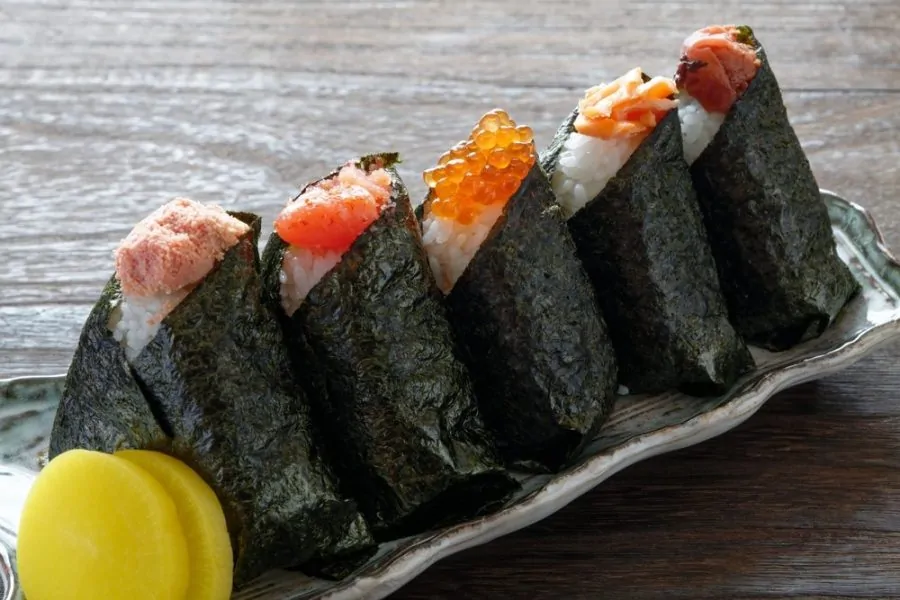If you plan on embarking on a journey to Japan, you can expect a thrilling experience filled with cultural wonders and a fascinating blend of old traditions and modernity.
Among the myriad of things to discover in Japan, however, one aspect that often surprises visitors is the uniquely convoluted smoking culture in the country.
As you explore the bustling streets of Tokyo, wander through serene temple gardens in Kyoto, or revel in the natural splendor of Hokkaido, understanding the nuances of smoking etiquette and regulations is essential for a respectful and seamless journey.
In this blog post, we’ll delve into the dos and don’ts of smoking in Japan, shedding light on the customs and local practices that shape this part of their culture.
A Brief History of Japan’s Convoluted Relationship With Smoking
Before we dive into the rules and etiquette of smoking in Japan, understanding the country’s complicated relationship with the practice is critical to recognize why a country famed for its healthy diets and outstanding life expectancy statistics is in this never-ending kerfuffle.
Tobacco has held a significant presence in Japan’s history, with its roots in the culture dating back to the 16th century. The first big step towards government regulation came in 1898 when the Japanese government introduced a leaf tax and established a nationalized tobacco monopoly.
Fast forwarding to World War II, rationing measures were put in place, allowing men to have up to three cigarettes per day until 1950. Following the lifting of rationing, the number of male smokers in Japan surged and hovered around the 80% mark throughout the 1960s.
For that generation, smoking became both a bit of a luxury and a social activity, leading to a smoker-friendly environment in various spaces, including offices, homes, cafés, restaurants, trains, and theaters. Naturally, the government’s interest in the prosperity of the tobacco industry (and previous monopolization) played a role in the lack of regulation during this period.
The End of the Monopoly
In 1985, a significant shift occurred when the tobacco monopoly came to an end, leading to the formation of Japan Tobacco Inc. (which we’ll refer to as JT). Although JT was a privately listed company, it remained under the ownership of the Ministry of Finance and, following a stock sell-off in March 2013, is now co-owned with the Ministry of Health, Labor, and Welfare.
To this day, though, tobacco control legislation remains lenient. The smoking lobby and the Ministry of Finance are a big reason why universal indoor smoking bans haven’t been implemented in Japan, much to the chagrin of some health-conscious campaigners and the Ministry of Health, Labour, and Welfare.
Smoking Bans
In contrast to many countries, where smokers are encouraged or required to puff outside, Japan has historically adopted more lenient regulations for indoor smoking while frowning upon outdoor smoking in public areas. Local governments often enforce bylaws prohibiting smoking on busy public streets, and you can even find no-smoking patrols roaming the streets of Tokyo, Yokohama, and most other major cities.
Until 2019, indoor smoking in Japan within private businesses was largely unregulated, with the prevailing belief that local governments held authority over outdoor smoking spaces but not private properties, including commercial establishments such as restaurants and bars.
Here Come the Bans
However, in June 2018, the Tokyo Metropolitan Assembly took a major step by approving indoor smoking regulations specifically aimed at commercial spaces in Tokyo. The objective was to mitigate secondhand smoke ahead of major national events such as the 2019 Rugby World Cup and the 2020 Summer Olympics and Paralympics Games.
Following suit, in July 2018, the National Diet (Japan’s national legislature) enacted an amendment that marked the first-ever ban on smoking in public facilities throughout Japan’s history. The ban was introduced gradually and became fully enforced by April 2020.
As a result, smoking within public institutions like schools, hospitals, and municipal offices, except in designated smoking areas, became illegal.
Moreover, restaurants and bars were also subject to indoor smoking restrictions, permitting smoking only in well-ventilated rooms where eating or drinking was not allowed.
Smoking Rules & Where to Smoke
Pricing of Cigarettes
In Japan, the cost of a specific brand of cigarettes is determined by manufacturers and subsequently authorized by the Ministry of Finance.
This standardized pricing ensures that the same brand of cigarettes maintains a consistent price point regardless of the vendor, be it a cigarette machine, a large supermarket, or a small corner shop. It’s worth noting that, unlike some places where bulk purchases may offer discounts, this practice is not applicable to cigarettes in Japan.
As of August 2020, the price for a regular pack of cigarettes fell within the range of $2.83 to $3.77 US. However, in October 2020, the JT implemented a tobacco tax which saw the price range rise from $3.20 to $4.05.
Smoking Age
One rule about smoking in Japan that has not changed since Japan began regulating it has been the minimum age, staying at 20 years since 1876. Although Japan’s age of majority was lowered from 20 to 18 just a year ago, no changes have been announced regarding the smoking age.
Outdoor Smoking Rules
As mentioned before, lighting up outdoors is prohibited by most local governments.
However, keep an eye out for signs placed strategically along the roadsides or positioned above eye level on street signs, as they will likely inform you whether smoking is permitted in that particular outdoor area. If you’re lucky, you might run into a municipality that allows outdoor smoking or a designated smoking area – we’ll get into those briefly.
Indoor Smoking Rules
Thanks to the 2020 indoor smoking ban, lighting up indoors is strictly prohibited across most commercial establishments – there are no two ways about it. However, there are some exceptions, which include cigar bars, private establishments, as well as…
Designated Smoking Areas
Found in most (if not all) commercial establishments, designated smoking areas are exactly what they imply: indoor spaces where smokers can congregate and smoke away.
The only rules one must follow in a designated area are simply to be of smoking age and refrain completely from eating or drinking anything in these spaces.
For those who intend to smoke heated tobacco devices, there are also designated heated tobacco rooms in which only these devices can be smoked – inherently, rolled tobacco products are a no-go – and food and liquids are able to be consumed as well.
Fines & Penalties
As discussed above, individuals below the age of 20 are unequivocally barred from accessing smoking rooms and engaging in smoking activities.
Stringent penalties, amounting to a fine of up to 300,000 yen (a little over $2000 US), are imposed on individuals found smoking in non-designated areas. Moreover, facility operators who neglect to display appropriate signage are also subject to significant fines, reaching up to 500,000 yen (about $3500 US).
Where to Buy Cigarettes in Japan
Convenience Stores
The likely go-to spot to purchase cigarettes, convenience stores and kiosks offer a wide selection of cigarette brands at reasonably low prices. Each cigarette type is associated with a specific number, making it easy for you to communicate your preference to the store staff.
However, it’s worth noting that if you appear to be on the younger side, you might be politely asked to confirm your age before making a purchase.
Specialty Stores
In Japan’s cities, you’ll likely come across an array of tobacco specialty shops. These stores boast an assortment of unique tobacco blends, often unavailable elsewhere. Many of these establishments exude a cool retro vibe, adding an extra touch of charm to your exploration.
While these shops often feature cigarette vending machines conveniently located outside or nearby, it’s worth noting that using these machines requires a “taspo” card, which is exclusive to Japanese residents. As a result, for tourists visiting Japan, it’s best to steer clear of relying on these vending machines during your stay.
General Smoking Etiquette
Don’t Toss Your Cigarette Butts on the Ground
A common malpractice in many countries where outdoor smoking is legal, tossing your cigarette butts on the ground will only desecrate the carefully-preserved environment that the Japanese pride themselves on. Do you really want to carry that guilty baggage with you?
Don’t make your life harder by aimlessly searching for a trash can to dump your cigarettes in. Instead, consider purchasing a portable ashtray, a small pouch lined with fire-resistant material so smokers can easily deposit their ash and cigarette butts.
Don’t Smoke While Walking
While smoking outside is banned outright in most places, there are also some municipalities in which smoking while walking is also specially prohibited, as you risk inadvertently dumping ash on children and people sitting down on benches.
Final Thoughts on Smoking in Japan
While Japan remains a captivating destination with an abundance of rich cultural experiences, it’s essential to approach the issue of smoking in Japan with sensitivity and cultural awareness. Whether you’re a smoker or not, being mindful of designated smoking areas and adhering to local guidelines will ensure a harmonious experience for everyone.
Above all else, understanding the efforts being made to promote a more smoke-free society – despite their complicated relationship with big tobacco – demonstrates an appreciation for the country’s ongoing journey towards a healthier environment.





Leave a Comment